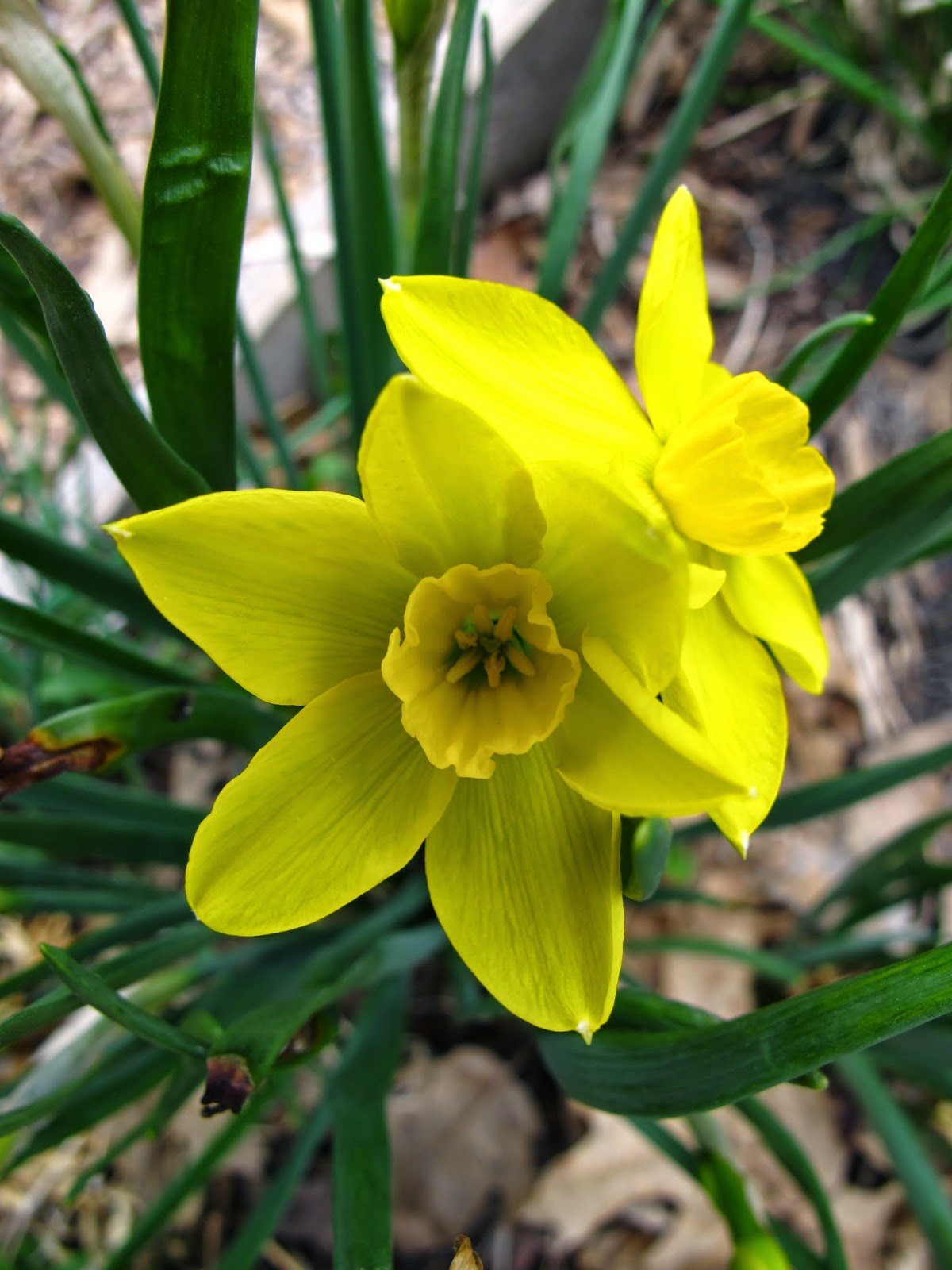Every week I say that this week my choice for Countdown to Spring is my favorite, but cosmos rank high on that list. The crisp colors, the deceptively delicate flowers, and the feathery foliage are beautiful, but they are easy to grow and attractive to wildlife. They look best grown in a group or cluster. With so many varieties to choose from, gardeners can find one they like.
Spiders like cosmos.
Dragonflies like them.
Bees like them.
Ants like them, too. I wish I had a photo of hummingbirds near the flowers, but they're too quick.


























